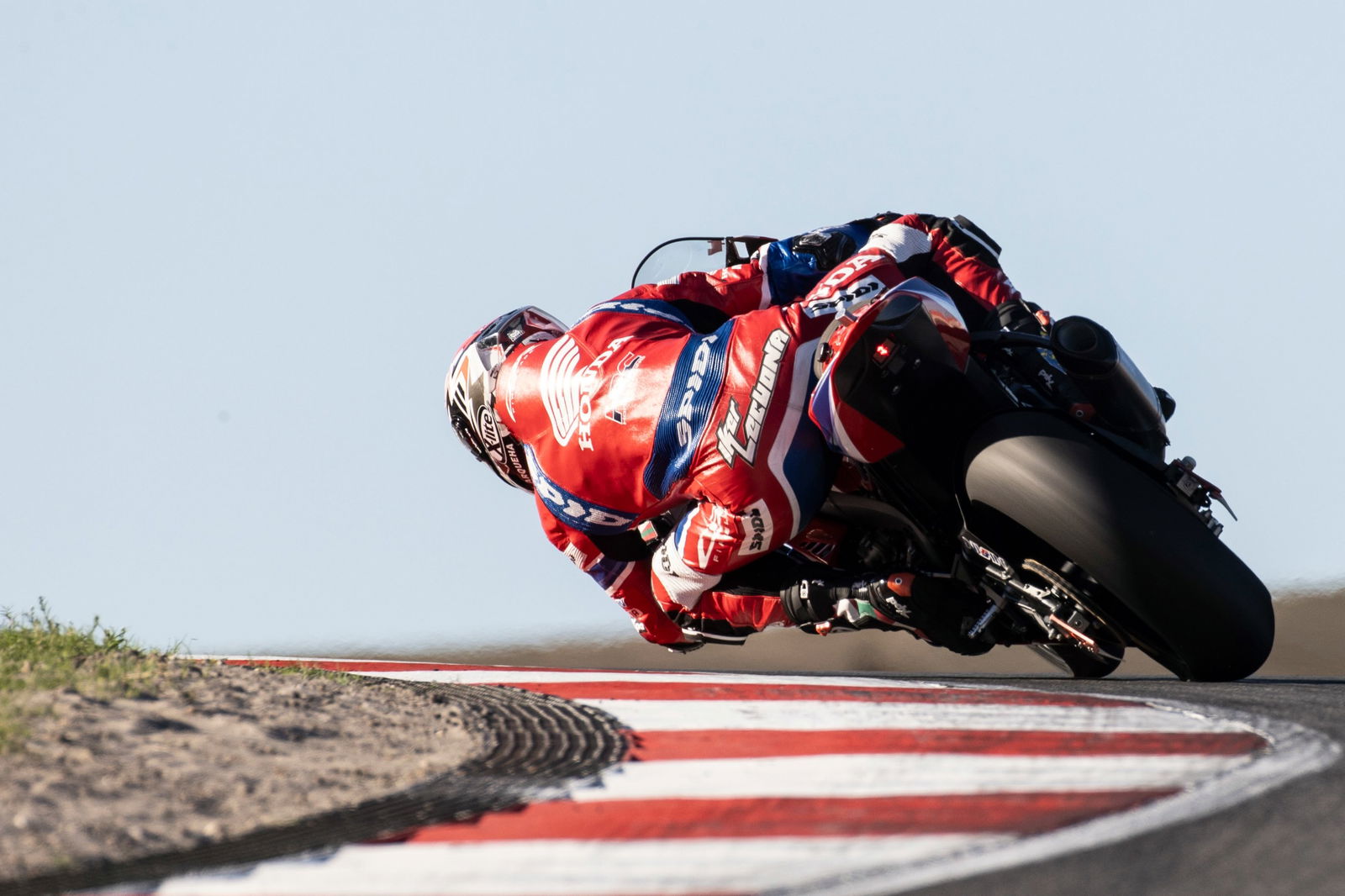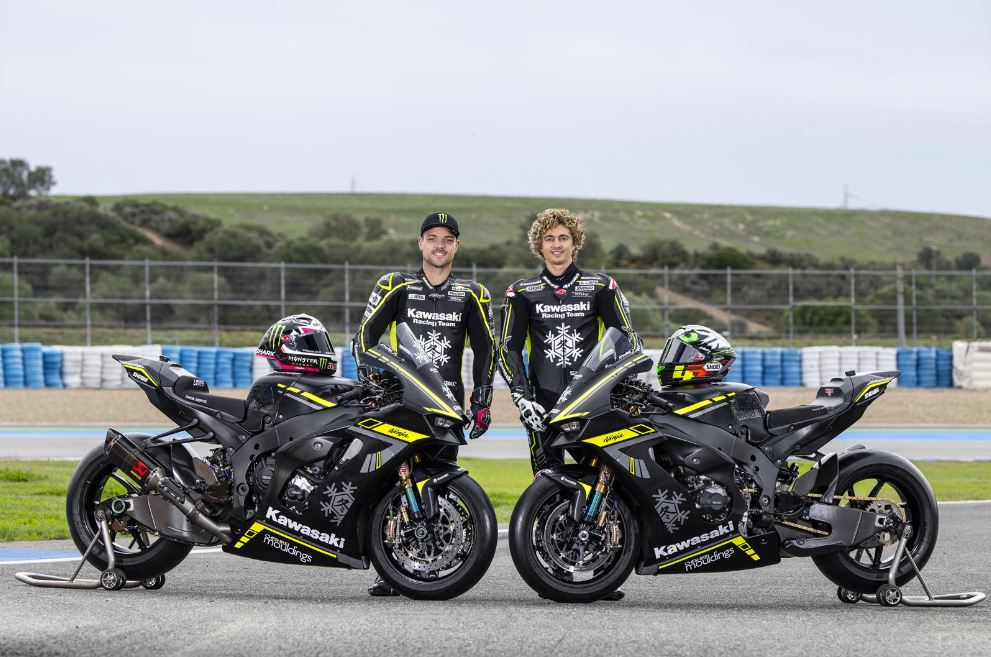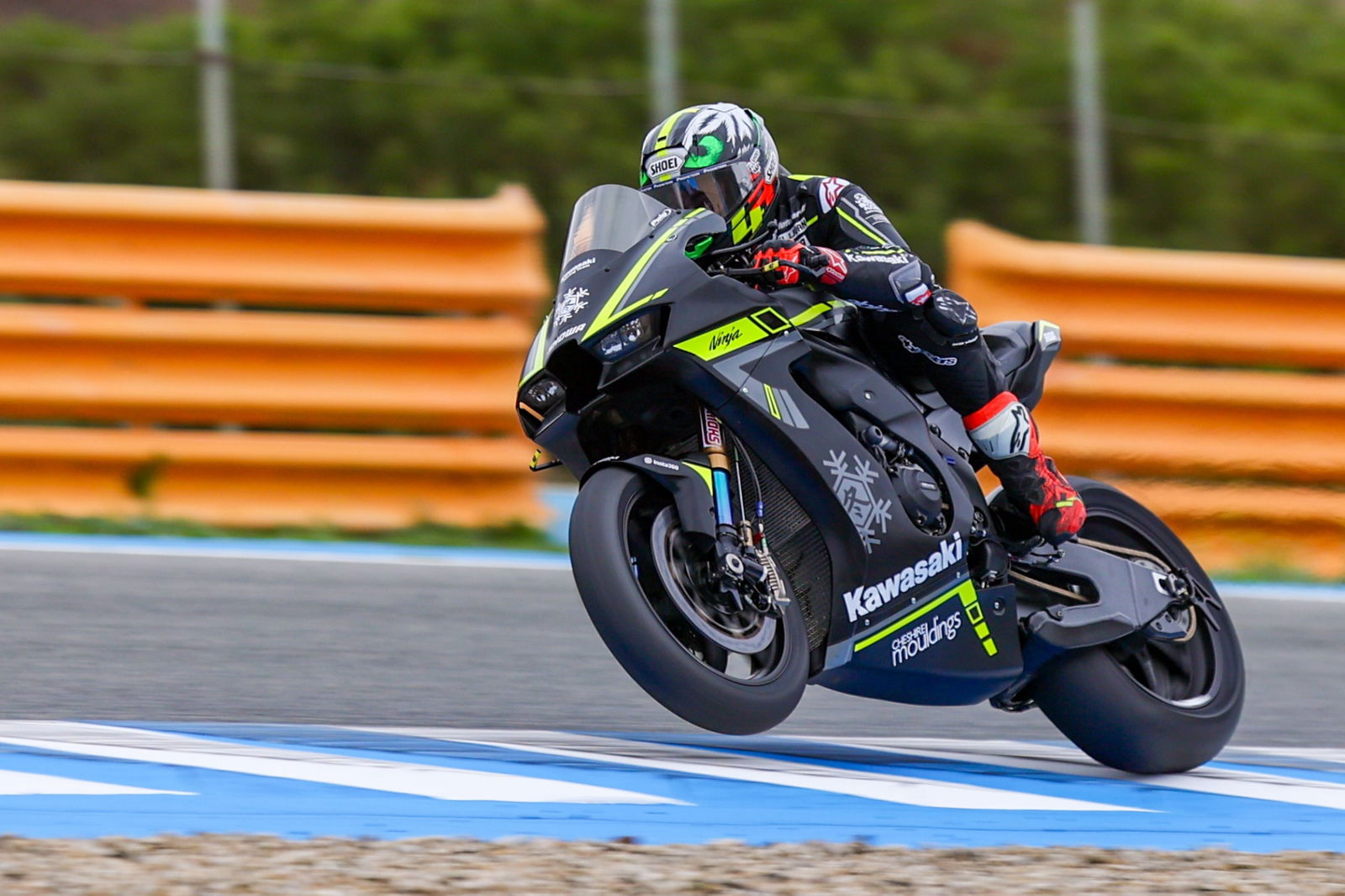WorldSBK: Leon Camier: “We’re not at the point to say whether new bike will be competitive”

The former WorldSBK rider, who is leading his final tests as the Team Manager, says a wait and see approach is needed before determining how competitive the new CBR1000RR-R will be.
In terms of what’s new on the bike, split throttle bodies, a lighter crankshaft and different weight distribution and wings have been added.
- “Doing a good job” - Alex Lowes praises work done by Axel Bassani at Jerez
- Iker Lecuona to be partnered by ex-MotoGP crew chief Tom Jojic in 2024
Speaking to WorldSBK.com about the changes, Camier said: “There’s a few changes with the new bike; the split throttle bodies is something that’s a good step in the right direction for the race bike and what we want on track.
“The normal thing to expect is more edge grip and better connection when you first touch the gas because you’re only opening two cylinders, not four.
“Many other manufacturers are running this but for us, it’s something we wanted for the race bike.
“For the lighter crankshaft, it’s a small difference but we should expect a little bit better acceleration and deceleration.
“We have a different weight distribution of the bike; Honda wanted to go in this direction because it’s better for what we need for racing; it’s all going in the right direction.”
Also Camier will be leaving his position at the end of this year, the team’s rider line-up has not changed.
Iker Lecuona and Xavi Vierge were retained by the Japanese manufacturer, and Camier says the intial feelings have been good.
“The first feelings with the bike are quite good, even though there are positives and negatives,” began Camier. “With it being the first test, it’s good that the riders are feeling the positives and with the negatives, they’re things we have to work with.
“Setting the bike up, putting things in the right places… it’s normal that it takes time to smooth things out. Both riders need time to set it up for their style and their way of riding.
“First impressions are positive so we need to get through these two days, see where we are at the end of it and keep making a step forward.”
“With the lighter crankshaft, the normal thing is you have more acceleration but it’s about putting that power down. This is something that the split throttle bodies should help with, especially with the first touch of gas and first opening, creating a smoother, more tractable power which is something that is really important with Pirelli tyres and Superbike racing in general; you need to get the grip.
“Then, keep the grip going forward because if you break traction then you never get it back. There’s an optimal spin ratio that you have with every tyre and you have to play within that area.
“It’s important to manage the first opening of the throttle and first acceleration. This is all in that direction: to create grip and acceleration where we need it.
“Then, you go into the area of the wings and trying generate downforce, you don’t have so much wheelie and this is what we’re hoping to achieve with the aero package. Until we get up to speed with this bike and we learn it, we don’t know where we’re at.”
“I’d love to say yes, but I don’t know the answer”
Honda’s lack of competitiveness in recent seasons has been staggering given the size and finance behind the brand.

Yet it remains true that Ducati, Yamaha, Kawasaki and even BMW at times have been a step ahead.
With the changes put in place to bring Honda closer to the top, Camier admitted they could have a big impact but that no promises can be made.
“I’d love to say yes, but I don’t know the answer,” said the ex-rider. “Theoretically, everything is going in the direction we expect but you have to put it on the bike and put it on the bike to see how the combination works together.
“Right now, first impressions are quite good; there are still some things that need to be worked on and improved.
“Until we have time on the bike to work on the setting and details, we’re not at the point to say whether it will be super competitive or not, it’s always working progress.”
“There’re many Japanese engineers here, predominantly from the R&D department which is the development side and who develop the bike in the background in Japan.
“Then, there are more here that are understanding what’s going on and setting the bike up. They were with Tetsuta Nagashima for two days and they gave us the bikes this morning. The race riders jumped on it this morning and will go their direction with it.
“They need time to go over the data with the goal of making changes for the next one. Then, with a test at the end of December, with the test rider, they’ll make another step with the items.
“The race riders will go back on track in Europe in January and then hopefully, they’ll be some new items again to take another step forward. At the moment, the test rider is Tetsuta but for the future, I don’t know the answer.”

